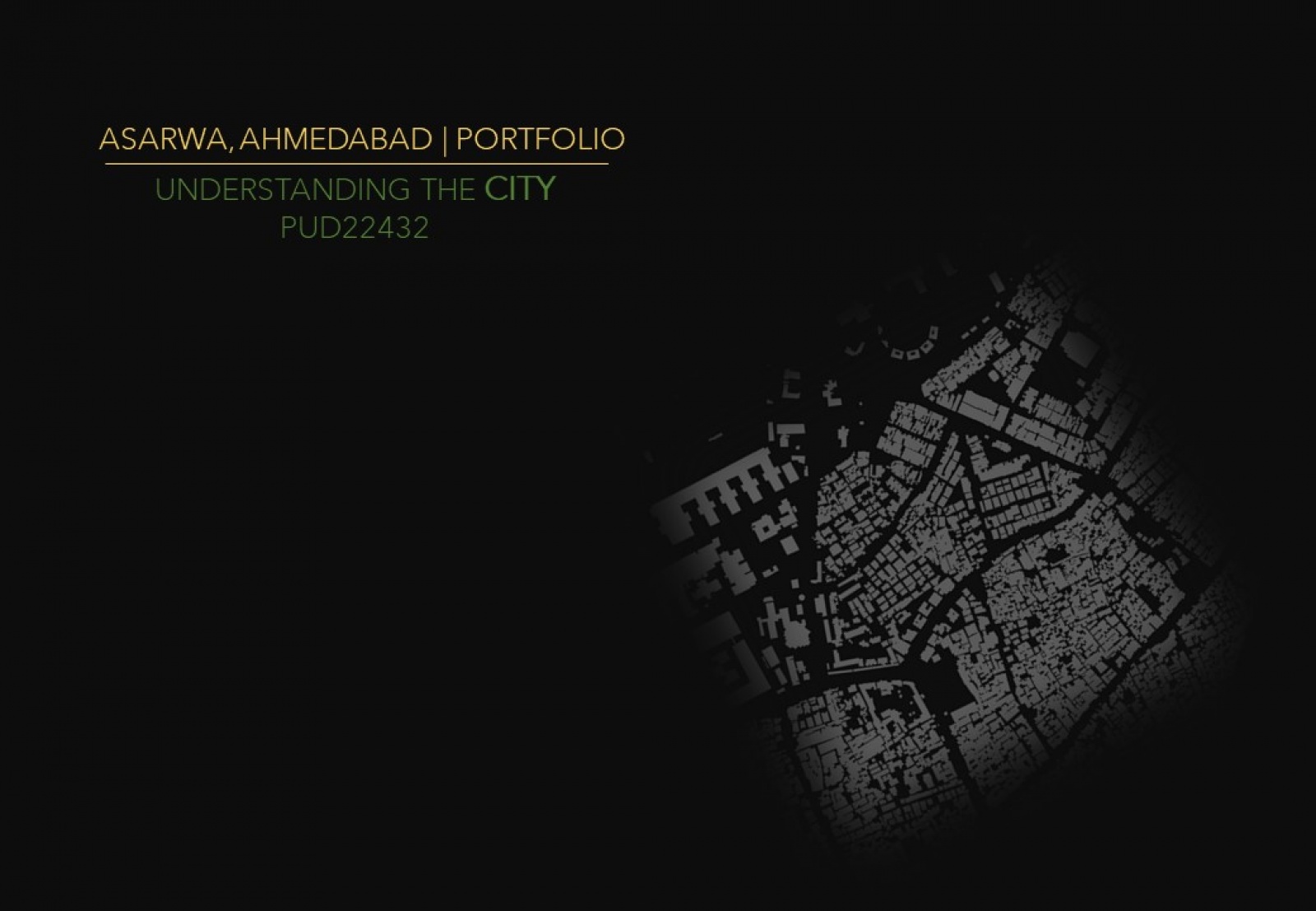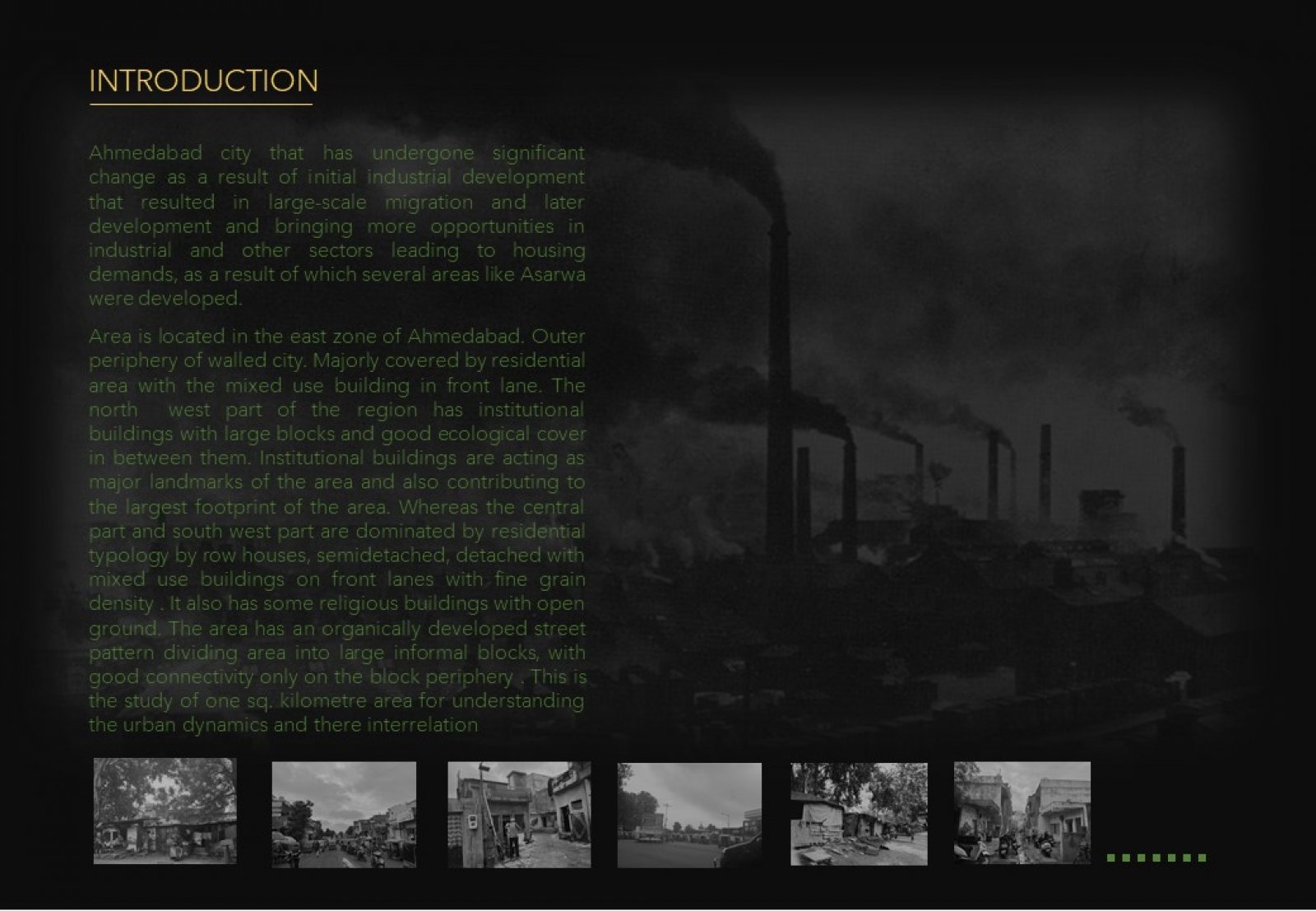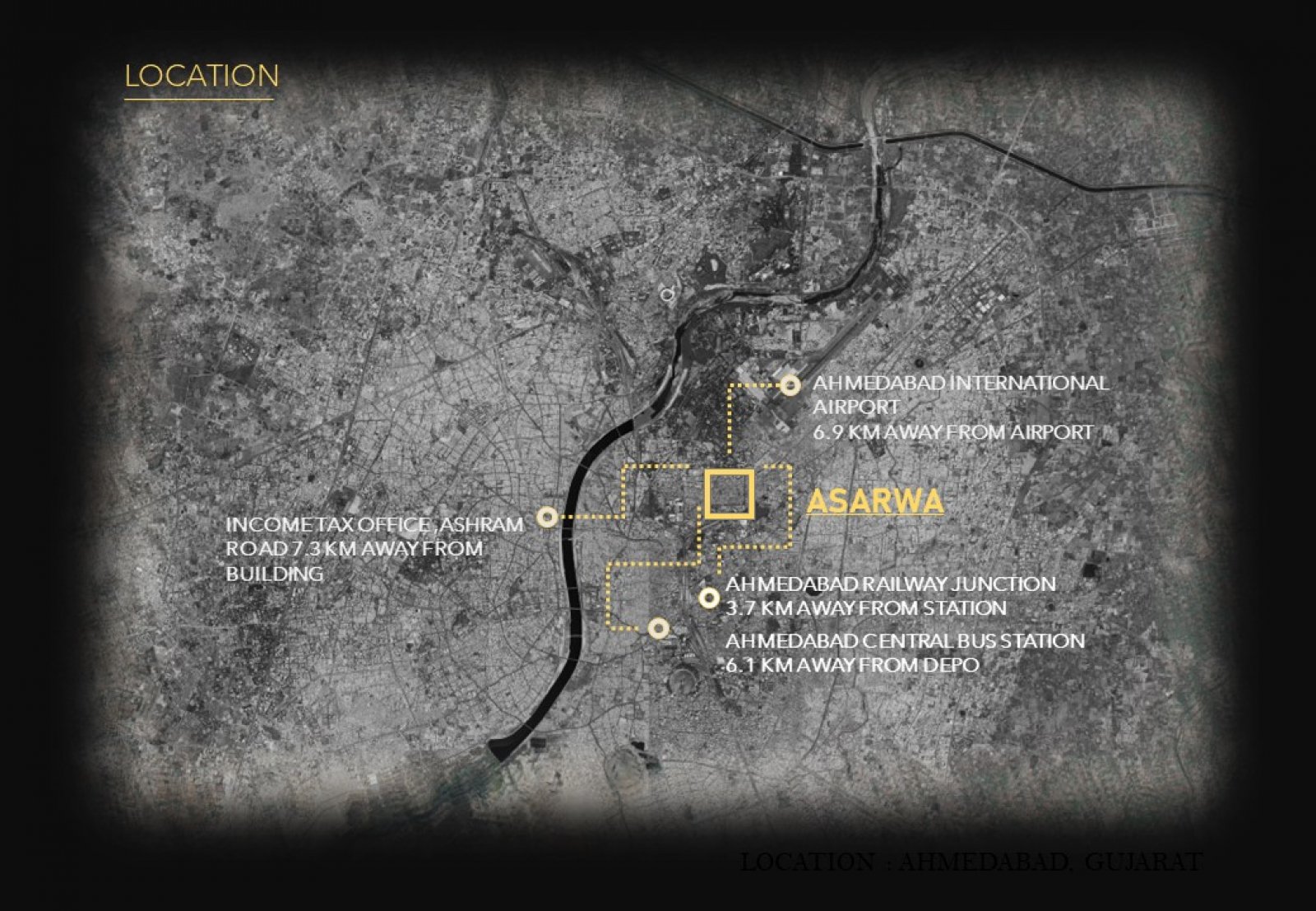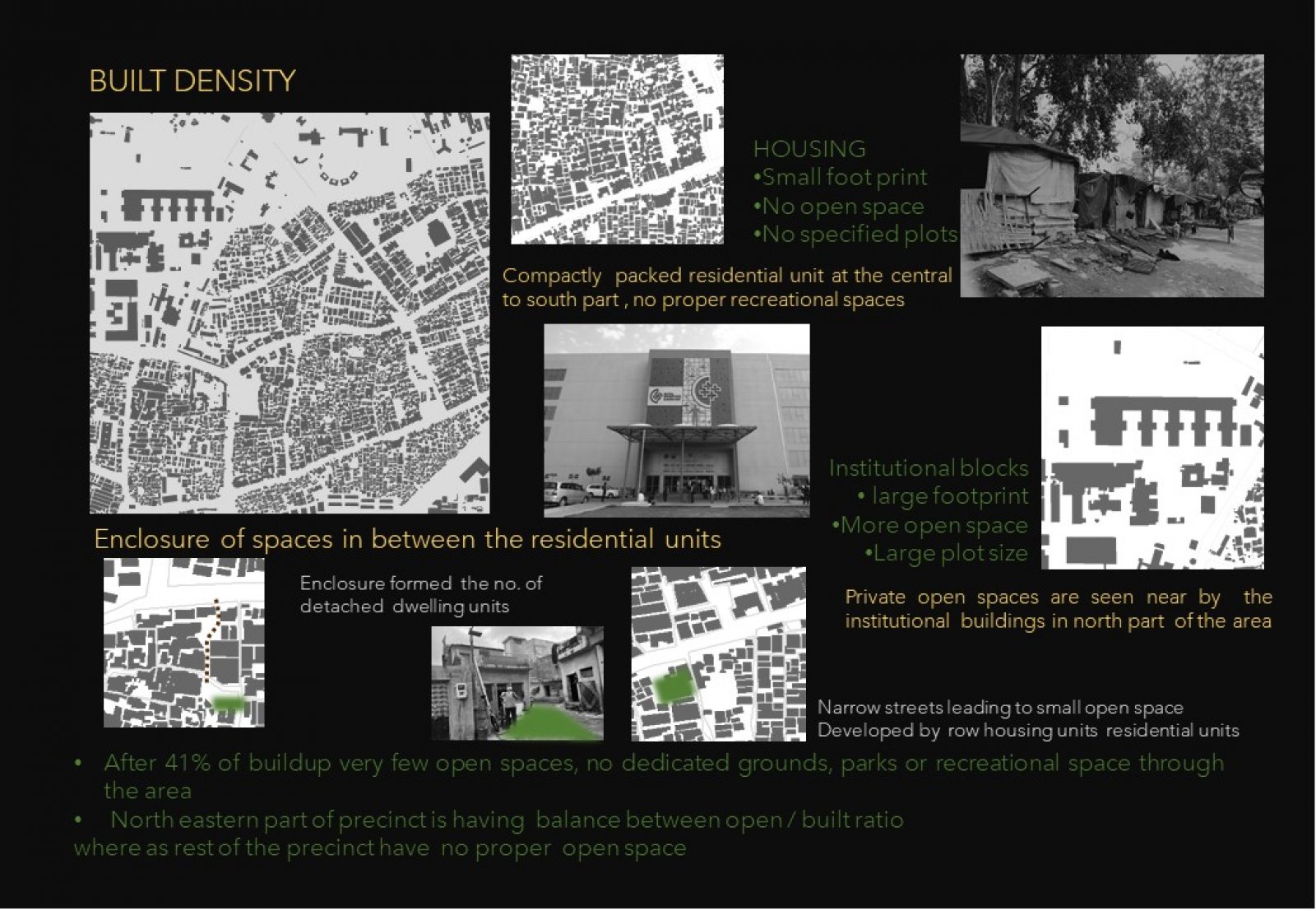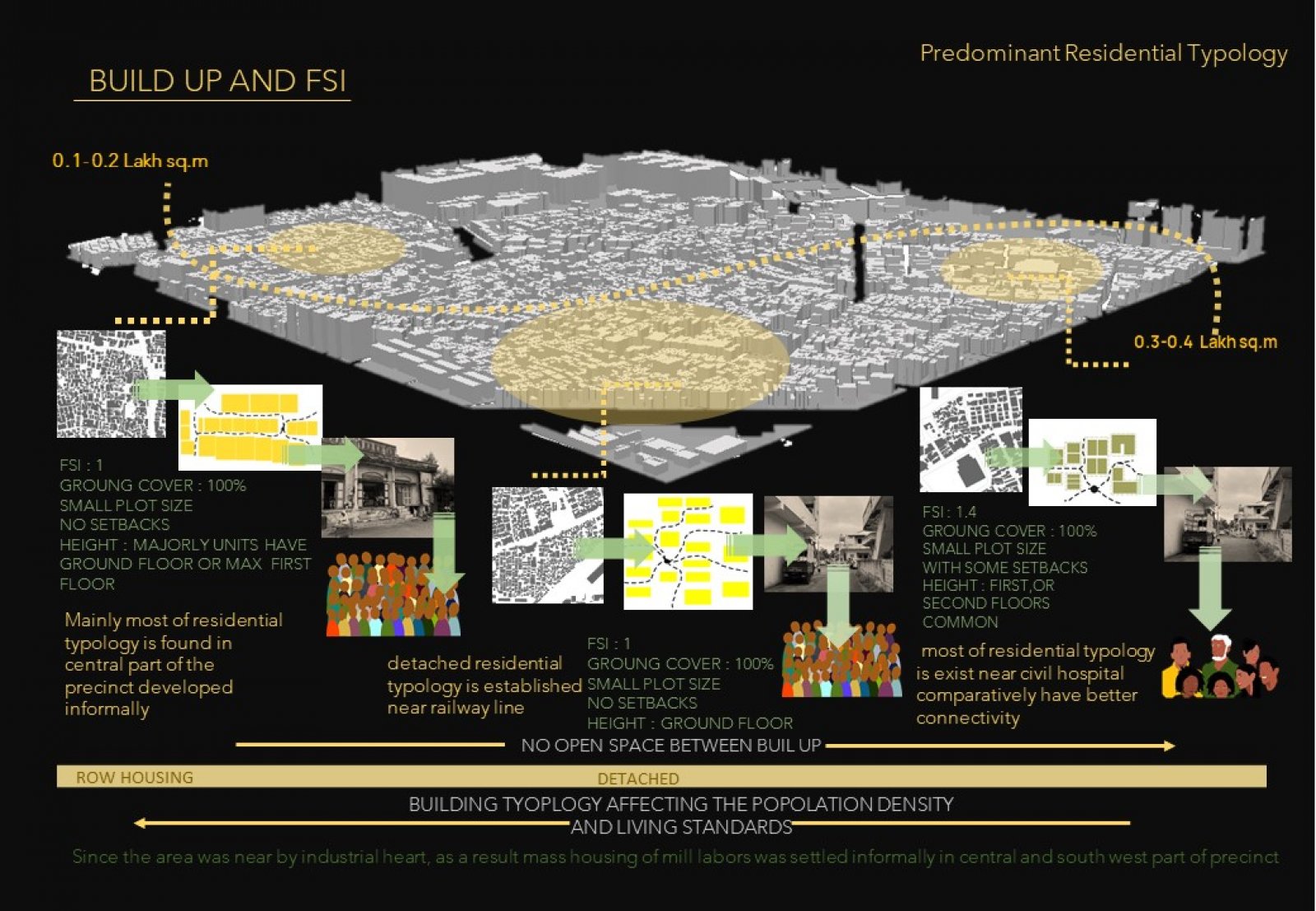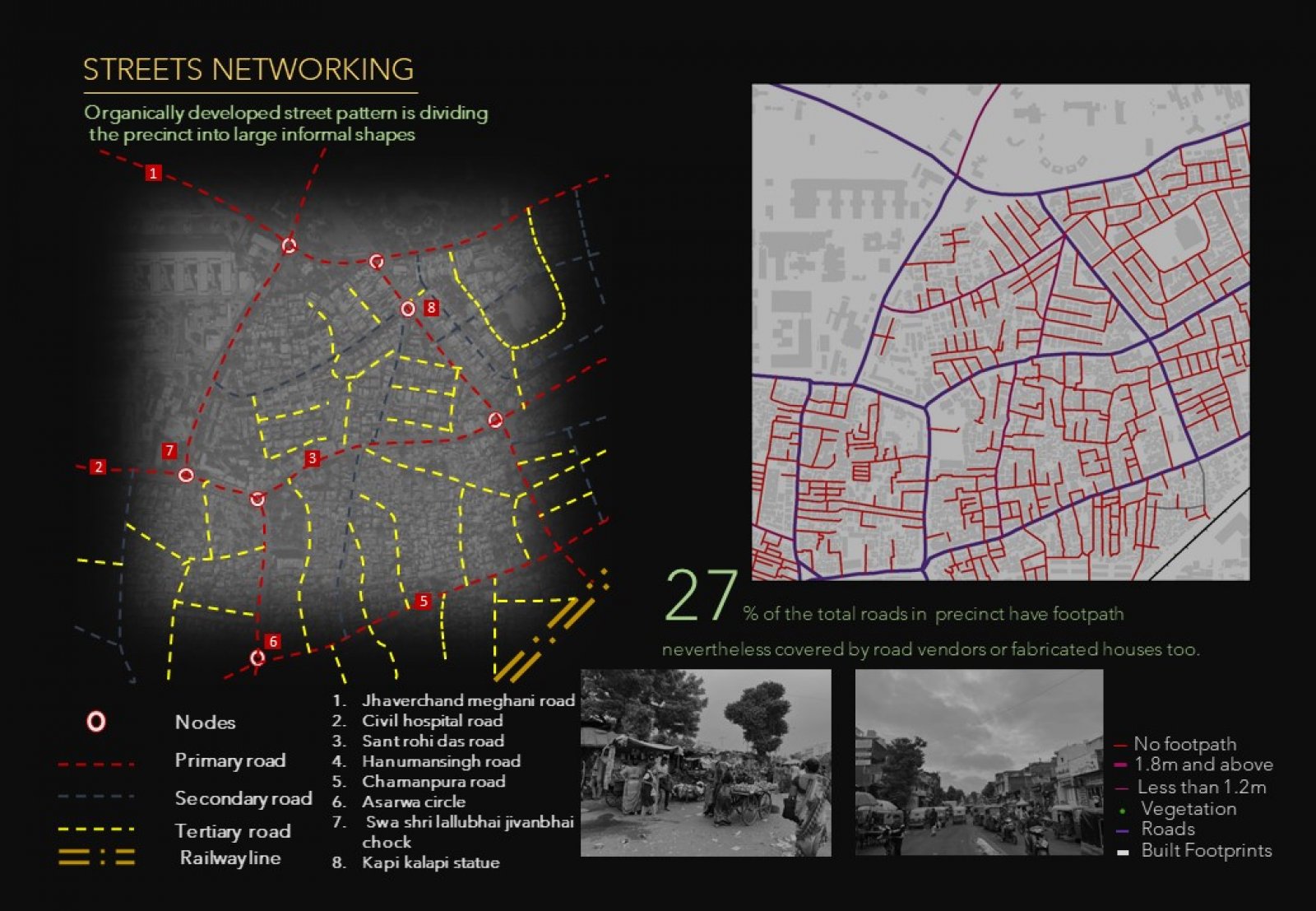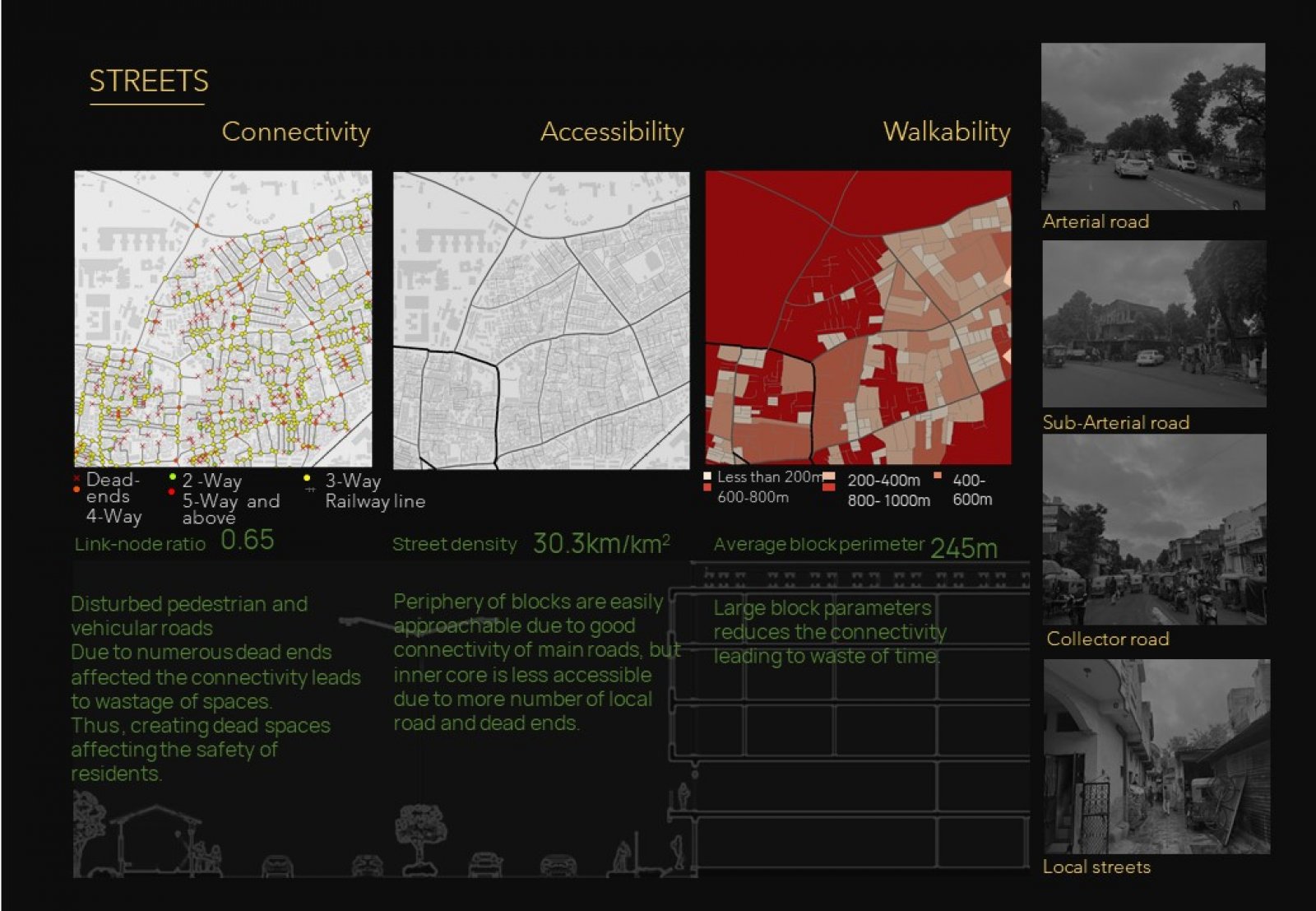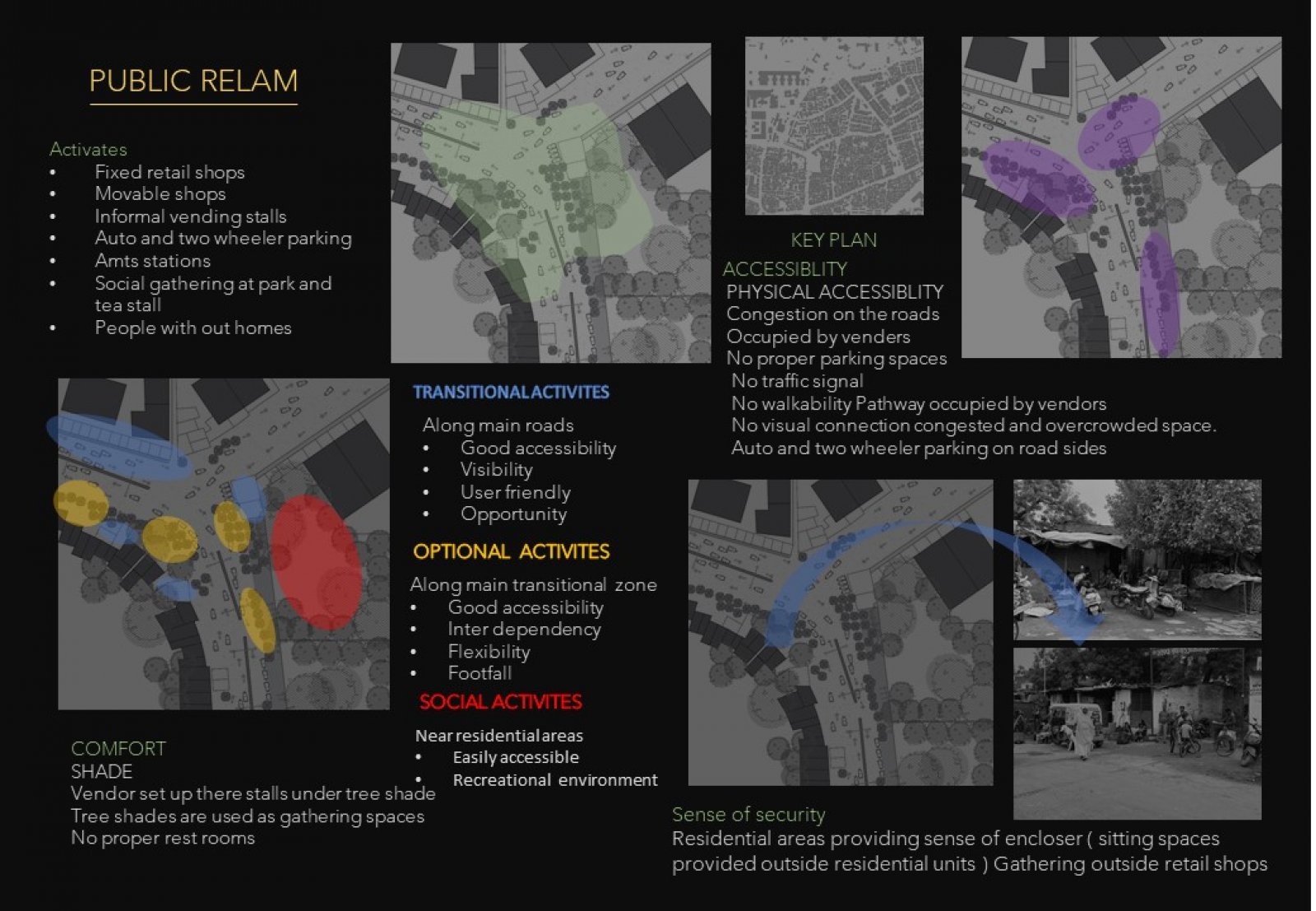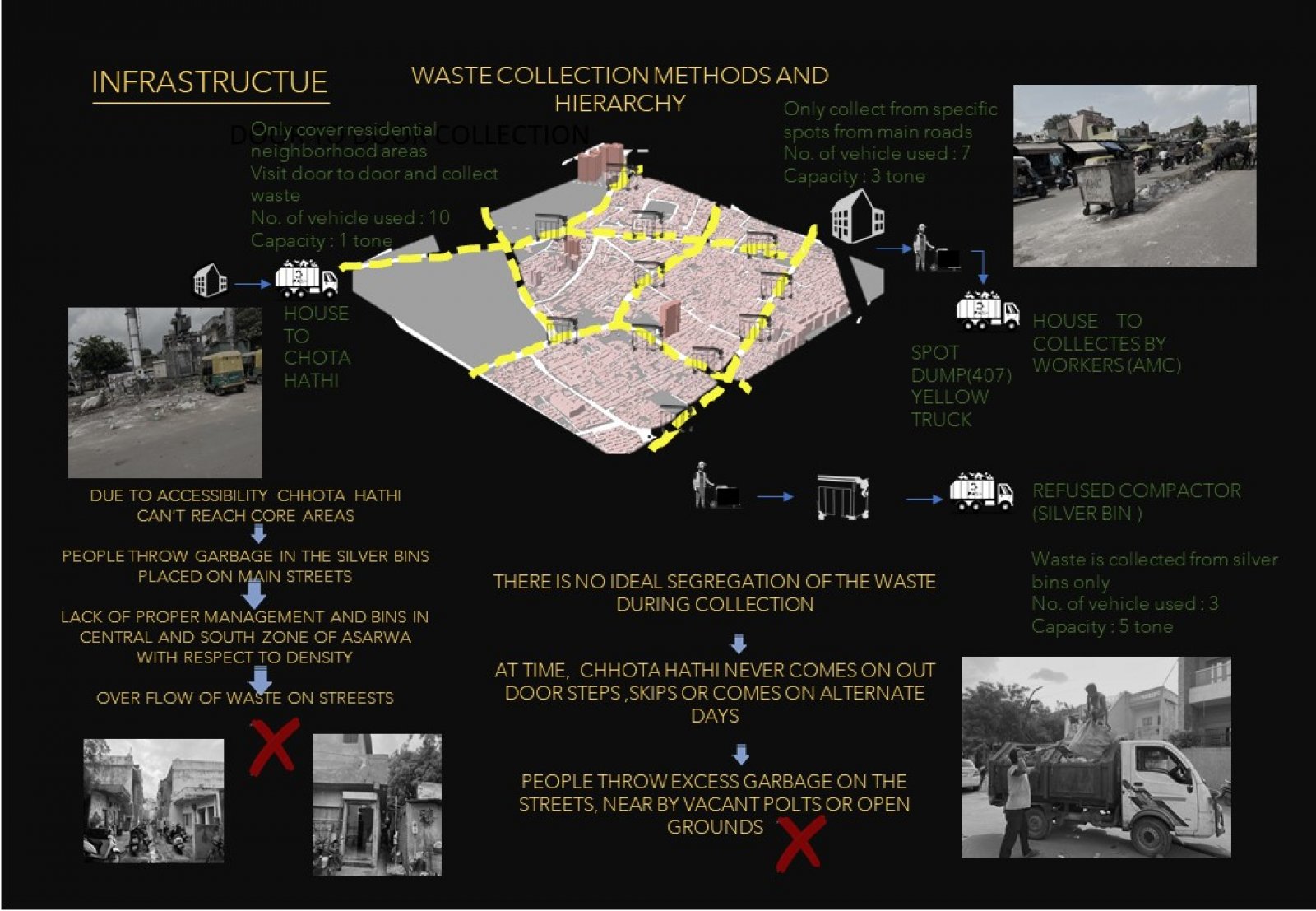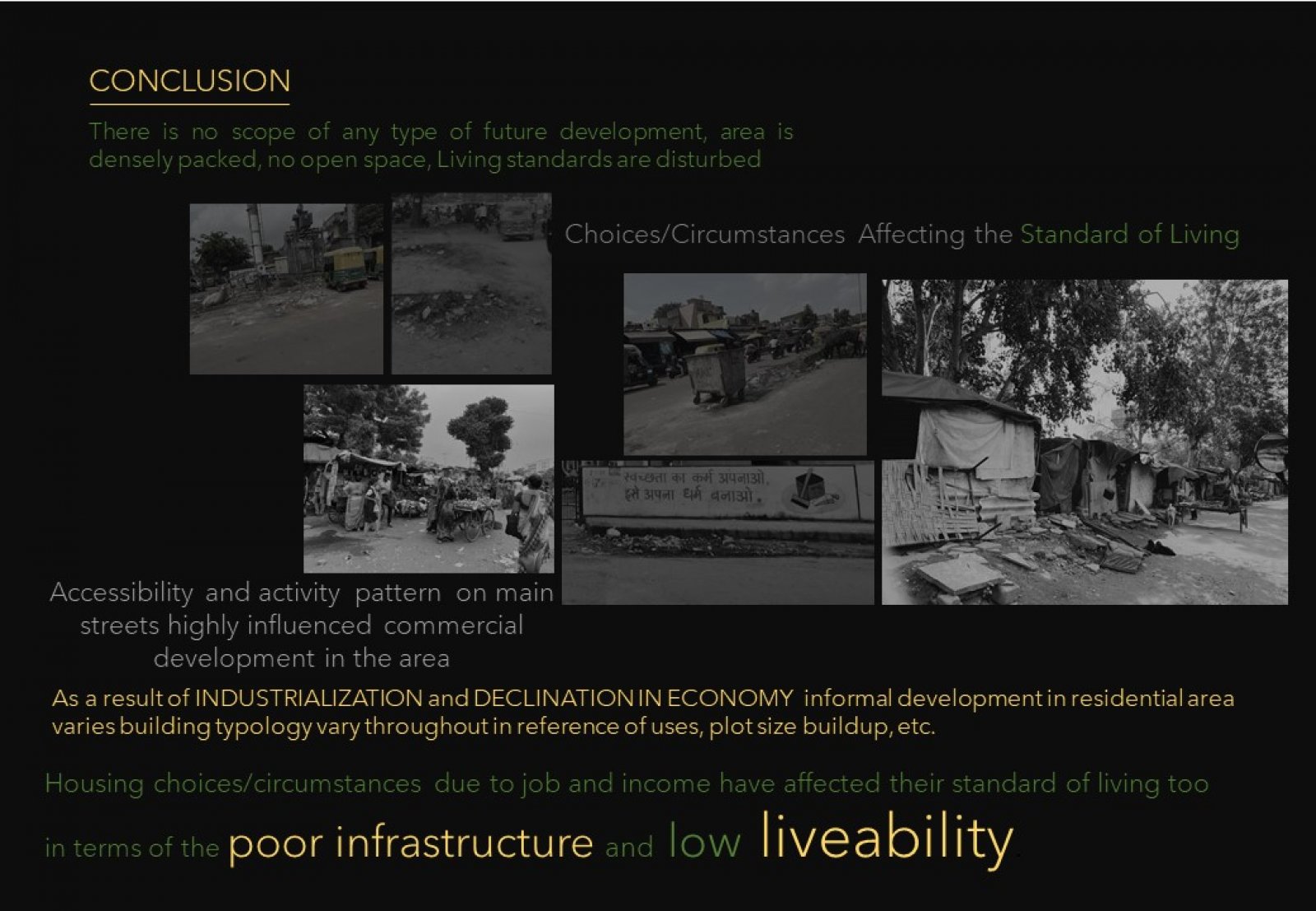- Student SWATI BISHNOI
- Code PUD22432
- Faculty Planning
- Tutor/s Rutul Joshi,Umesh Shurpali,Anil kumar Roy,Ravi Sannabhadti,Nitika Bhakuni,Narendra Mangwani,Arjun Joshi,Tarun Patel,Rushil Palavajjhala ,Giby Abraham
- TA Sreedevi Kurur,Priyanka Baghel,Chinmay Gheware,Richa Bihari,Ratik Verma,Kirti chandra Devaguptapu,Rohini Chatterjee,Annesha Dasgupta,Arkadipta Banerjee,Garima Munjal
Ahmedabad city that has undergone significant change as a result of initial industrial development that resulted in large-scale migration and later development and bringing more opportunities in industrial and other sectors leading to housing demands, as a result of which several areas like Asarwa were developed. Area is located in the east zone of Ahmedabad. Outer periphery of walled city. Majorly covered by residential area with the mixed use building in front lane. The north west part of the region has institutional buildings with large blocks and good ecological cover in between them. Institutional buildings are acting as major landmarks of the area and also contributing to the largest footprint of the area. Whereas the central part and south west part are dominated by residential typology by row houses, semidetached, detached with mixed use buildings on front lanes with fine grain density . It also has some religious buildings with open ground. The area has an organically developed street pattern dividing area into large informal blocks, with good connectivity only on the block periphery . This is the study of one sq. kilometre area for understanding the urban dynamics and there interrelation
